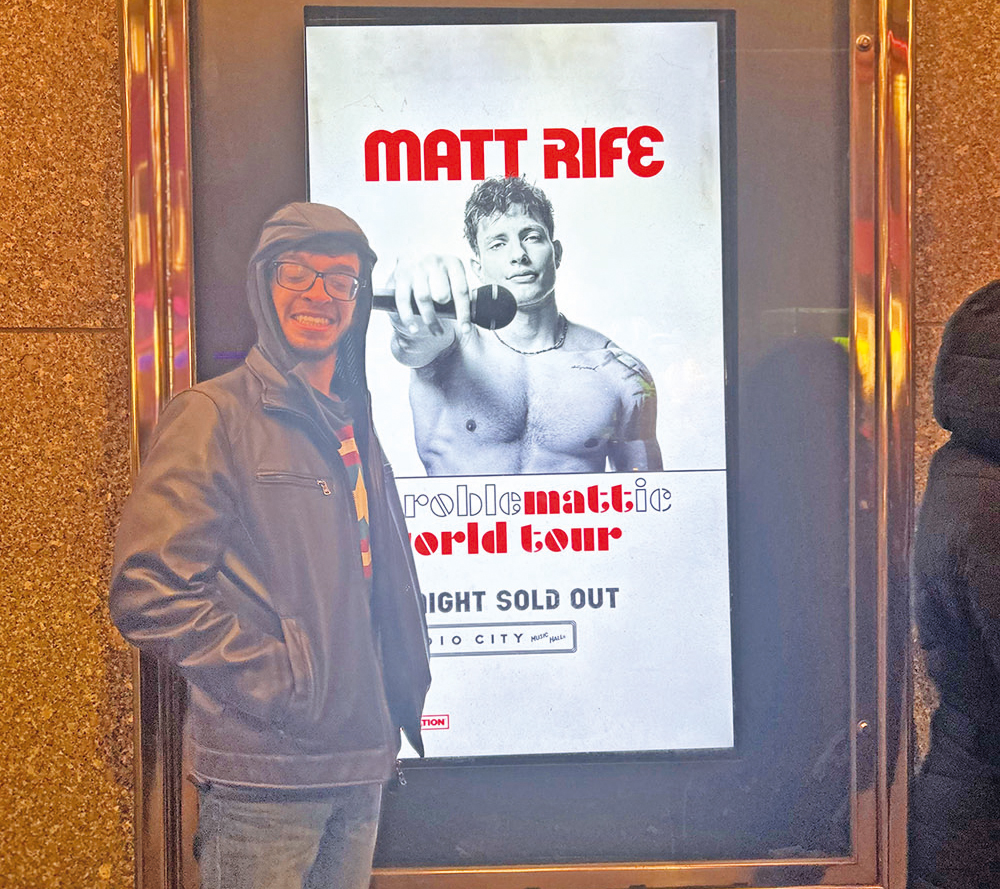The Sages instituted many leniencies to permit the classical agunah, a woman whose husband has disappeared and cannot remarry without proof of death. How far would they go? In Ketubot (22b), Rav Assi distinguishes between a case of witnesses who testify that a woman’s husband died, which cannot be verified, and that of witnesses who testify that the husband divorced her, which can be verified. Rashi (ad loc., s.v. leika) explains that if the witnesses testify that the husband drowned at sea or was eaten by a lion, there is no way to verify the claim. However, if they say the husband divorced her, the court can ask the woman to produce her get. This brief comment might resolve an early 19th century debate about how far a court can go to free an agunah.
I. A Customer and a Wife
In the tumultuous decades following the death of Rav Yechezkel Landau in 1793, his son, Rav Shmuel Landau, and his student, Rav Elazar Fleckeles, served together as rabbinic judges in Prague. On one occasion, Rav Elazar Fleckeles was asked about a man who was dead at sea and buried. A woman whose husband was lost at sea believed that this was her husband and provided definitive markings on a finger and two that would serve as identification even after the body had decomposed somewhat. Can the community disinter the body to determine whether this was her lost husband, thereby permitting her to mourn and remarry?
Rav Fleckeles submitted the question to Rav Shmuel Landau, suggesting that it is permitted (Responsa Shivat Tziyon, no. 64). He points to a Gemara (Bava Batra 154a-b) regarding a disagreement that occurred in Bnei Brak. A young man sold some property that he had inherited and then he died. His family contested the sale, claiming he was a minor. The customers demanded that they disinter the body and check to see if he showed signs of adulthood. On the one hand, the family can argue that they do not want the deceased disgraced by disinterment. However, the customer can argue in response that the seller accepted money for the property and he should be disgraced if that is what it takes to determine the ownership of the property he sold. This is rejected because the signs of adulthood change in a dead body. However, suggests Rav Fleckeles, the agunah case is different because the specific identification marks the woman had for her husband do not change after death. Therefore, lacking one of the two reasons in the Gemara, and dealing with a case more serious than monetary concerns, we say to let the deceased be disgraced in order to free this woman who cannot otherwise mourn and remarry, as well as let their sons mourn and say Kaddish.
Rav Shmuel Landau (ibid., no. 65) disagrees with this analysis. He argues that the Gemara has two reasons not to allow disinterment—disgrace of the deceased and identifying marks change. Either is sufficient to prohibit disinterment. Therefore, even if in this case the woman knows identifying marks in her husband that do not change over time, the other reason still applies. Additionally, the customer can say that he will open the grave and check, violating the prohibition for his personal benefit. However, this woman will not open the grave herself but have someone else do it. What gives that third party the right to violate the prohibition for someone else’s benefit? Rav Fleckeles (ibid., no. 66) replies that he concedes to Rav Landau’s argument.
II. Benefitting the Wife And the Deceased
Decades later, Rav Avraham Shmuel Binyamin Sofer faced a similar case in Pressburg. A man
went missing and was rumored to have committed suicide. Some time after that, a body surfaced in the water at a nearby town and was buried. The missing man’s wife wished to disinter the body to check if it was her husband. Rav Sofer permitted this and explained his reasons. He argued that the Gemara only considers allowing disinterment for the customer because the seller made a deal with the customer and accepted his money, knowing that his status as an adult might be questioned. Therefore, the deceased effectively permitted this disgrace. This permission does not apply to a woman trying to confirm her husband’s death. Rather, we cannot disinter a body just for the woman’s benefit.
However, if the disinterment benefits the deceased, then we can allow it. For example, if the man has no children and the woman must do either yibum or chalitzah, both procedures would benefit the deceased’s soul and therefore we can allow disinterment. Similarly, if the disinterment would allow sons to say Kaddish for the deceased, this also would serve as a benefit for his soul and allow the disinterment. This assumes that there is solid ground to believe this is the husband—we cannot simply disinter a body in the remote hope that it is her husband. However, if the man had no children to say Kaddish and no brother to perform yibum or chalitzah, then the body may not be disinterred. Rav Sofer continues to respond directly to Rav Landau’s arguments. Rav Yosef Shaul Nathanson (Sho’el U-Meshiv, first recension, vol. 1 no. 231) quotes the debate between Rav Fleckeles and Rav Landau and argues simply that we may disinter the body because the husband would want his wife freed.
Returning to the Rashi (Ketubot 22b, s.v. leika) mentioned above, Rashi lists two types of deaths that are unverifiable—if a man drowned at sea or if he was eaten by a lion. Rav Shlomo Zalman Braun (She’arim Metzuyanim Ba-Halakhah, Ketubot, ad loc., s.v. mitah) points out that Rashi does not mention the case of a husband who was already buried. This seems to imply that only if a man is lost at sea or devoured by animals is his death unverifiable. However, if a man is buried, his identity can be determined through disinterment and a woman’s claim that her husband died can be verified.
Rabbi Gil Student is the editor of TorahMusings.com. He writes frequently in Jewish newspapers and magazines, serving as a regular contributor to Jewish Action, The Jewish Link, The Jewish Echo and The Vues. Rabbi Student has served two terms on the Executive Committee of the Rabbinical Council of America and currently serves as the Director of the Halacha Commission of the Rabbinical Alliance of America. He serves on the editorial board of the Orthodox Union’s Jewish Action magazine and as the magazine’s book editor.













